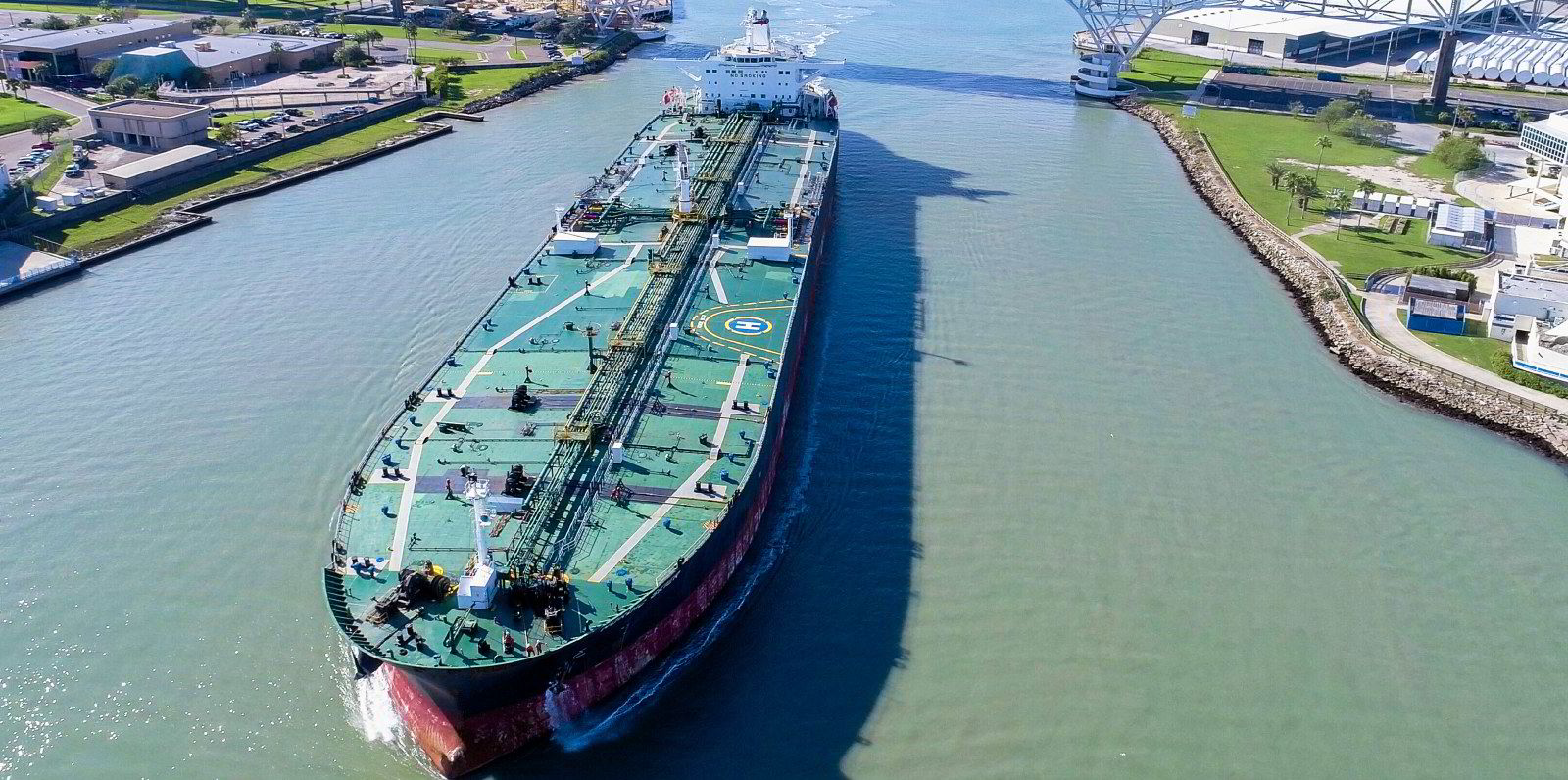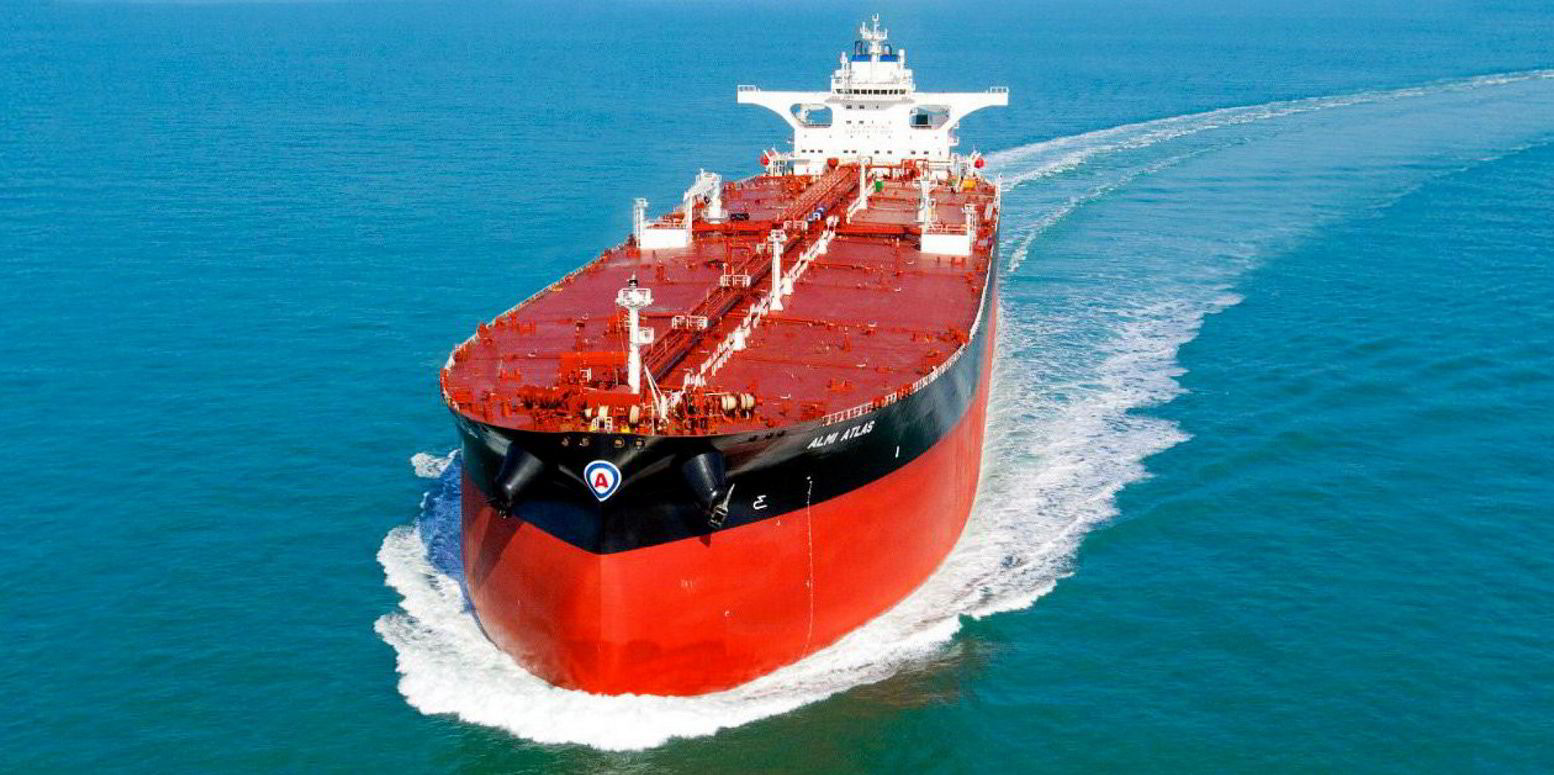The growing number of countries tapping their strategic oil reserves could lead to near-term issues for the tanker market.
In its morning report, Fearnley Securities said the sector's outlook "has all become even more political" following the US decision to release 50m barrels of oil from its strategic reserves on Tuesday. China, India, South Korea, Japan and the UK are reportedly following suit.
"Clearly the announcement is negative for the near-term developments, with risk of Opec+ halting any planned hikes," Fearnley said.
Japan said it would release "a few hundred thousand kilolitres" of oil from its strategic reserves in keeping with domestic law, according to Reuters. A kilolitre is about 6.3 barrels of oil.
India said it would release 5m barrels and the UK 1.5m barrels from privately held reserves. China and South Korea have yet to announce details, the newswire said.
West Texas Intermediate (WTI) and Brent crude benchmarks are hovering around $80 per barrel, with WTI at $78.22 and Brent at $81.99. Prices for both are near multi-year highs.
Fearnley said if prices remain high, it would probably keep intact Opec+'s plan to add 400,000 barrels per day into the market until April 2022.
Tanker rates have improved in recent weeks, with the Baltic Dirty Tanker Index rising throughout October before sliding this month, but staying near year-to-date highs. The Baltic Clean Tanker Index has been more volatile, jumping in mid-October and again in early November.
Many owners have declared that the market hit bottom in the third quarter and the improvements are here to stay, thanks to rising oil demand as the pandemic wanes.
They expect the rally to be prolonged, because of a low orderbook, an ageing fleet and declining reserves in many countries.
Fearnley said the reserve releases could create an upside for oil prices, but a potential supply crunch lasting through 2023.
"One minor positive noted is the expected slim uptake ... from US companies of the US [Strategic Petroleum Reserve] release (due to year-end tax purposes)," the note read, citing research outfit Energy Aspects.
"Effectively (assuming everything gets sold) this would imply most of this will be exported (likely mainly to China) through the January-April 2022 period.
"In rough terms, this would suggest [about] 4 VLCC cargoes per month, which is positive from a ton-mile perspective, but unlikely to materially change the direction of the underlying tanker market."







